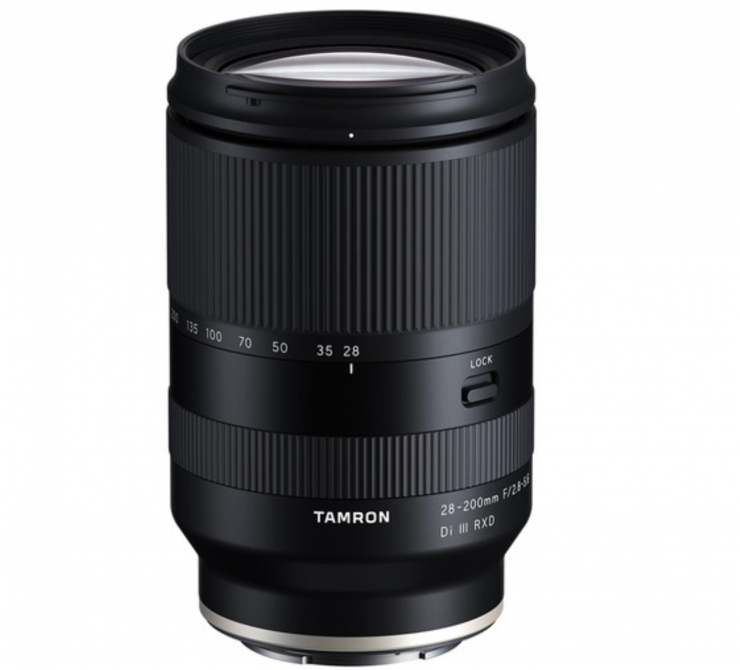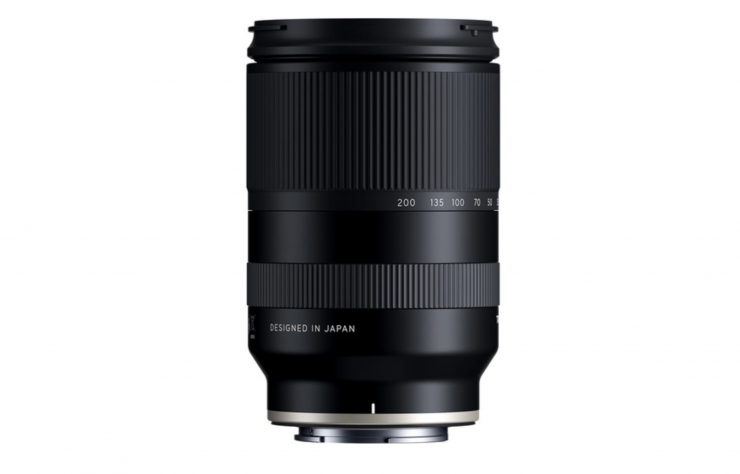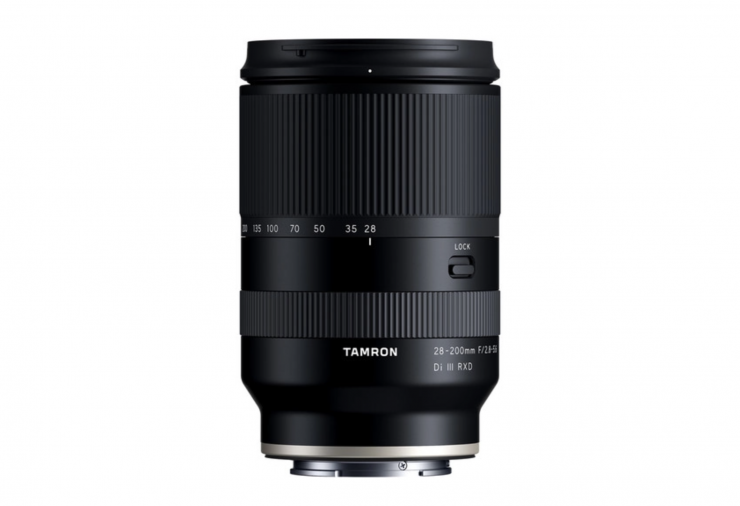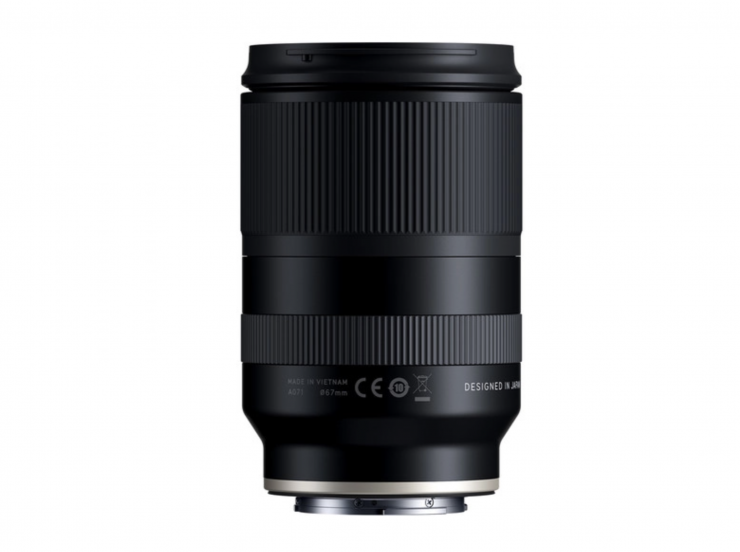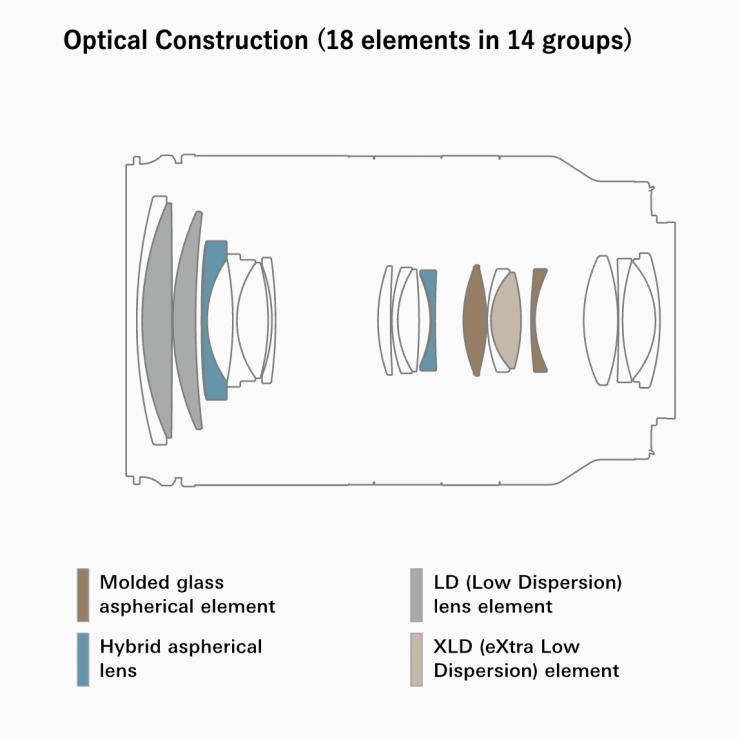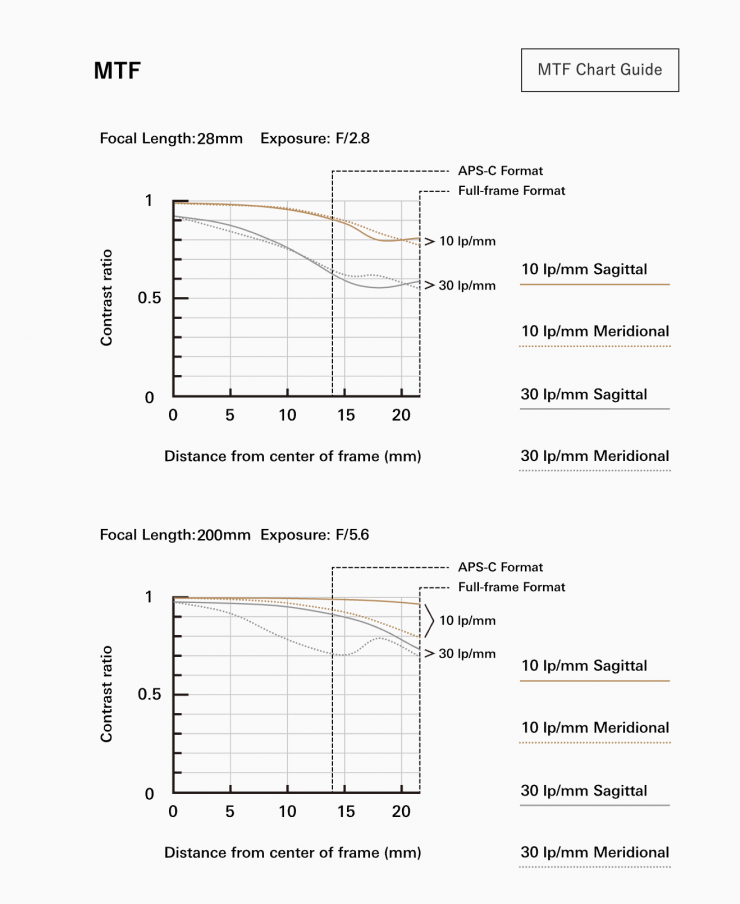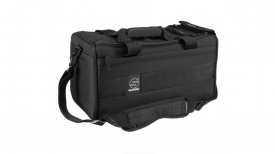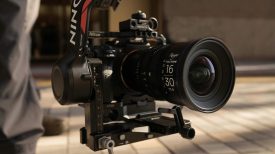Tamron has just announced the Tamron 28-200mm f/2.8-5.6 Di III RXD Lens for Sony E. This is a full-frame lens that is designed to be used with Sony E-mount cameras such as the alpha series and the FX9 and VENICE.
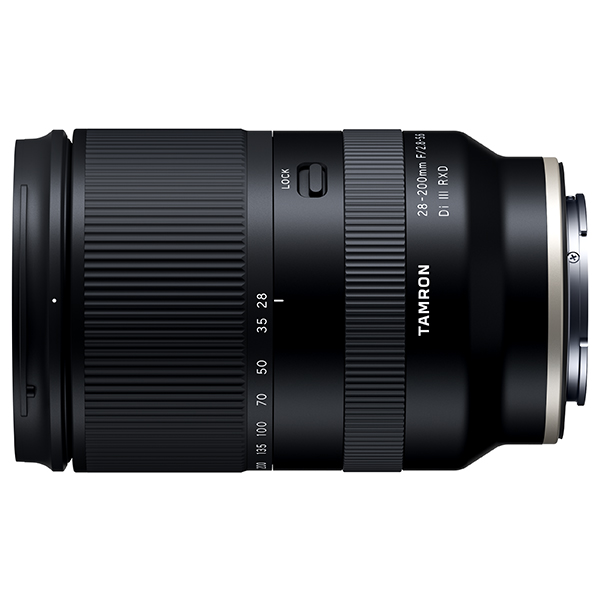
With a good range, compact design, and large focal range, this lens could be a god run and gun option for some shooters.
This lens offers an all-in-one zoom range and an f/2.8-5.6 variable aperture. The 28-200mm focal range provides a 7.1x magnification. Tamron states that this is the world’s first all-in-one zoom lens starting at F2.8 for Sony E-mount full-frame mirrorless cameras.
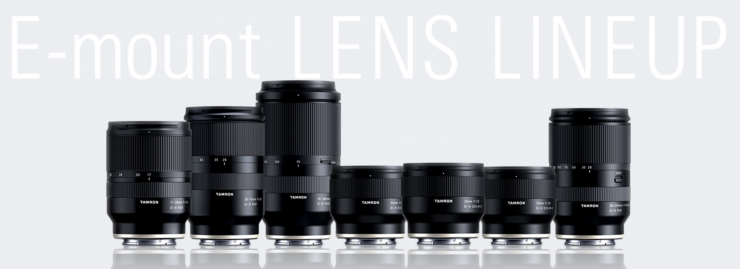
This lens joins the 17-28mm f/2.8 Di III RXD, 28-75mm f/2.8 Di III RXD, and the 70-180mm f/2.8 Di III VXD. All three of these lenses offer good performance at a reasonable price.
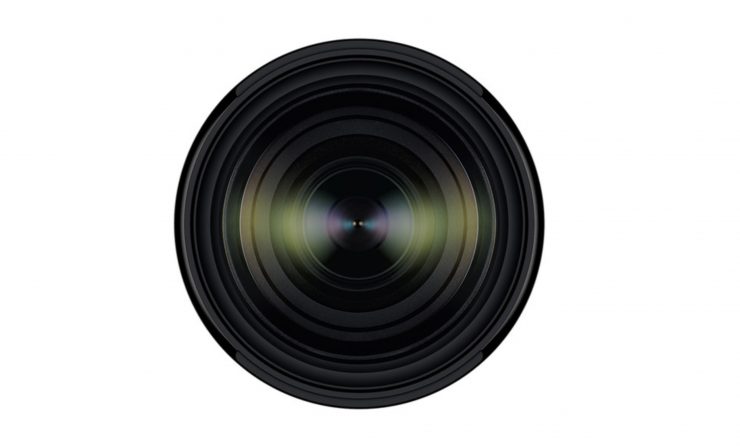
According to Tamron, a series of specialized elements are used to maintain high sharpness and clarity throughout the zoom range. Benefitting the optical design is an RXD stepping motor, which enables quick, near-silent autofocus performance to suit stills and video, along with full-time manual focus override and a minimum focusing distance of 7.5″. Suiting this lens’s use in harsh climates, it also sports a moisture-resistant construction along with a fluorine-coated front element to protect against fingerprints and smudging.
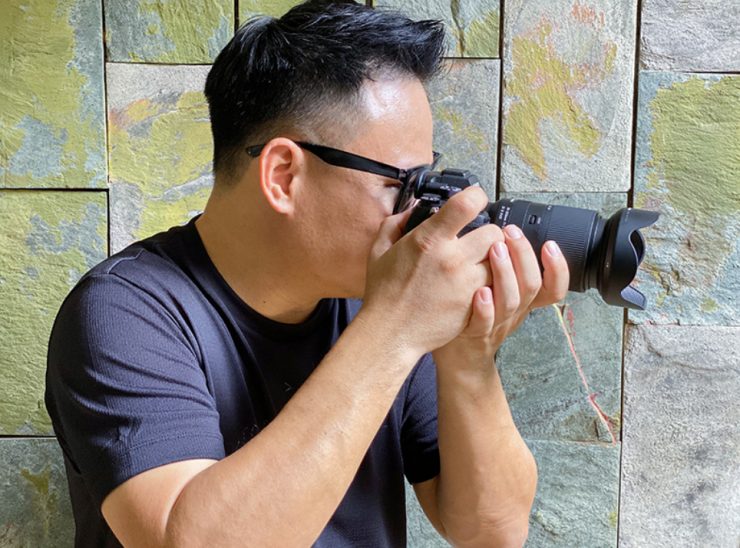
Key features
- All-in-one zoom is designed for full-frame Sony E-mount mirrorless cameras, however can also be used with APS-C models where it will provide a 42-300mm equivalent focal length range.
- Bright f/2.8-5.6 maximum aperture range suits working in available lighting conditions, especially when working at the wide-angle end of the expansive zoom range.
- A series of specialized elements control a variety of aberrations in order to achieve high sharpness and clarity.
- RXD (Rapid eXtra-silent stepping Drive) autofocus motor delivers impressively quiet, quick, and smooth focusing performance to suit both stills and video applications. This focusing system also offers a minimum focusing distance of just 7.5″ and a 1:3.1 maximum magnification for working with close-up subjects. Full-time manual focus override is also possible, and it is compatible with Sony’s Direct Manual Focus function or fine-tuned manual control.
- A moisture-resistant construction benefits this lens’ use in inclement conditions, and a fluorine coating has also been applied to the front lens element to protect against dust, dirt, and smearing.
- Rounded seven-blade diaphragm contributes to a pleasing bokeh quality.
- Zoom Lock switch keeps the lens in its retracted position when not in use.
The optical design consists of 18 Elements in 14 Groups and the lens has 7 aperture blades. it weighs in at 1.27 lb / 575.5 g and has a 67mm front filter diameter.
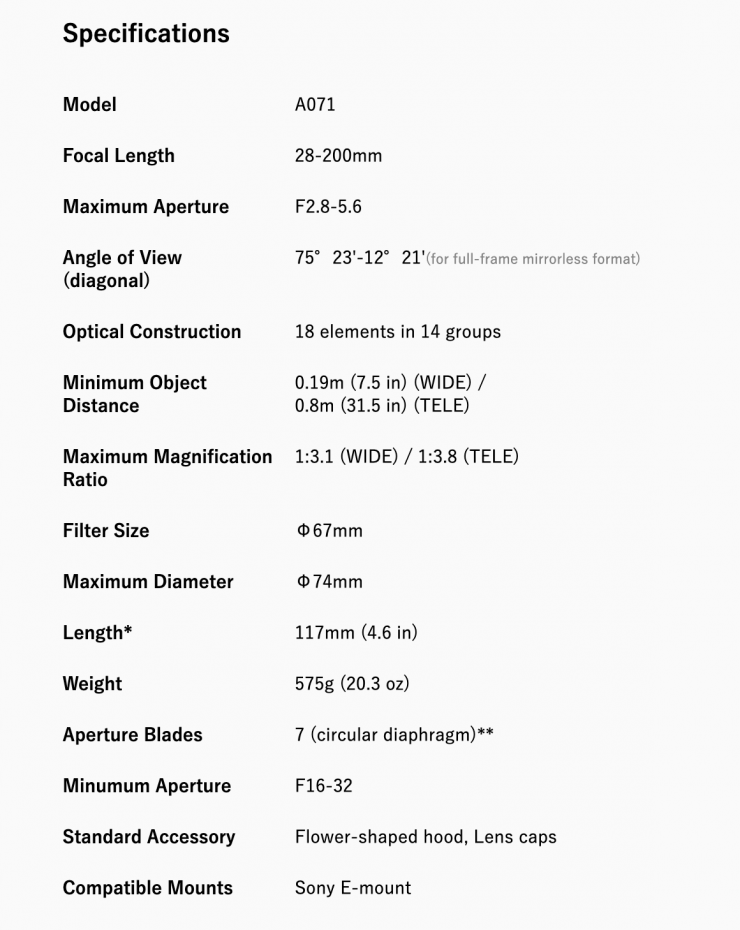
The lens is now available to pre-order for $729.00 USD.
Better than Sony’s own FE 24-240mm f/3.5-6.3 OSS lens?
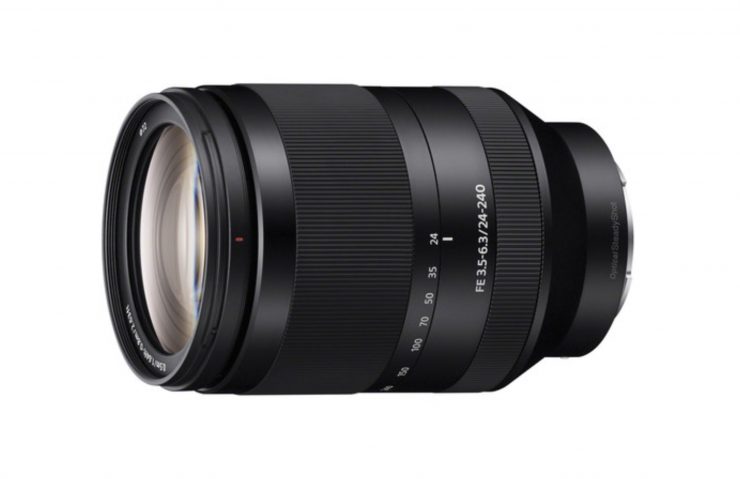
Tamron’s new offering faces stiff competition from Sony’s FE 24-240mm f/3.5-6.3 OSS which costs $1,048 USD. The Sony does have a slower aperture, but it does have a wider and longer focal range and the addition of OSS.
The History of the 28-200mm all-in-one zoom lens.
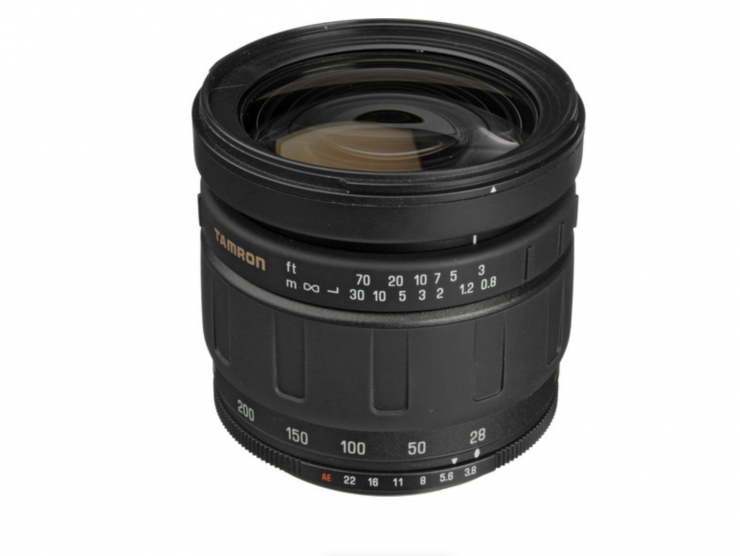
Tamron has been making a 28-200mm lens since 1992. The company set out to create a lens that was compact and portable. At the time, all-in-one zoom lenses with almost the same focal length were large and heavy and delivered poor picture quality. Tamron set out with the goal of creating a lens as small as a cylinder, with a diameter as wide as a cigarette packet.
The first version was the Model 71D. This manual focus lens featured a focal length of 28-200 mm and a 7.1x zoom. In 1992 this magnification was one of the highest among SLR lenses. The aspherical lenses were arranged in the positions which would permit a reduction in the number of lenses and increase design flexibility while ensuring more effective aberration corrections. They also incorporated the Triple-Cam zoom system, which enables the cams to zoom and focus within a three-layer lens barrel, and an engineering plastic which protects the complex structure from shocks and helps reduce the weight of the product.
The Model 71D was a big success in Europe and the United States. It later became popular in Japan. Despite the success of the lens, Tamron wasn’t happy because the minimum focus distance of the Model 71D was 2.1 m. Tamron determined that this distance was acceptable for a 200 mm telephoto lens, but was unsatisfactory for a 28 mm wide-angle zoom lens.
Since 1992, Tamron has released 5 versions of the 28-200mm. The last was in 2006, the AF28-200mm F3.8-5.6 XR Di aspherical (IF) Macro. This lens only covered APS-C sized sensors.
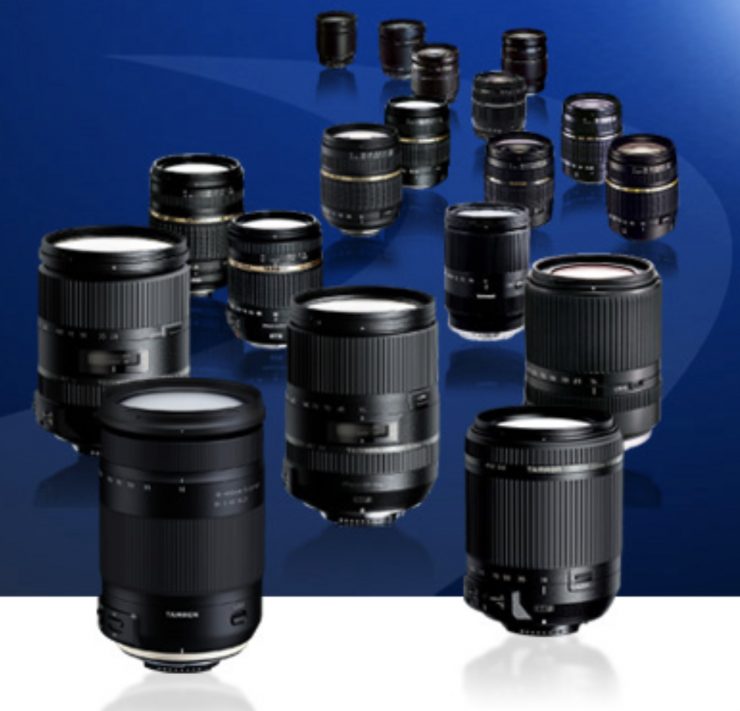
Tamron has been well known for creating compact, affordable all-in-one zoom lenses. Since 1992 they have released 20 lenses that cover large focal ranges.
Like what we do and want to support Newsshooter? Consider becoming a Patreon supporter and help us to continue being the best source of news and reviews for professional tools for the independent filmmaker.

